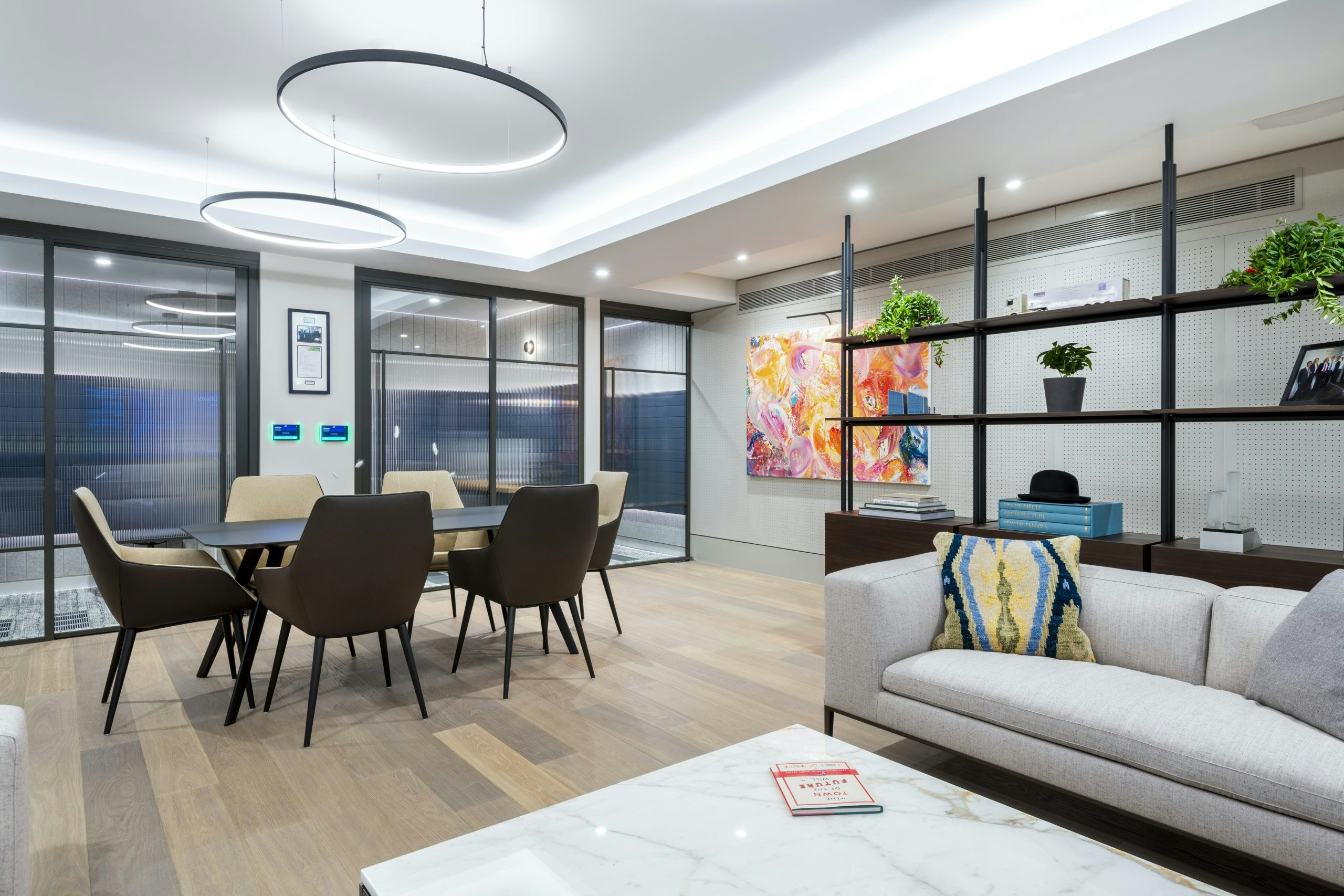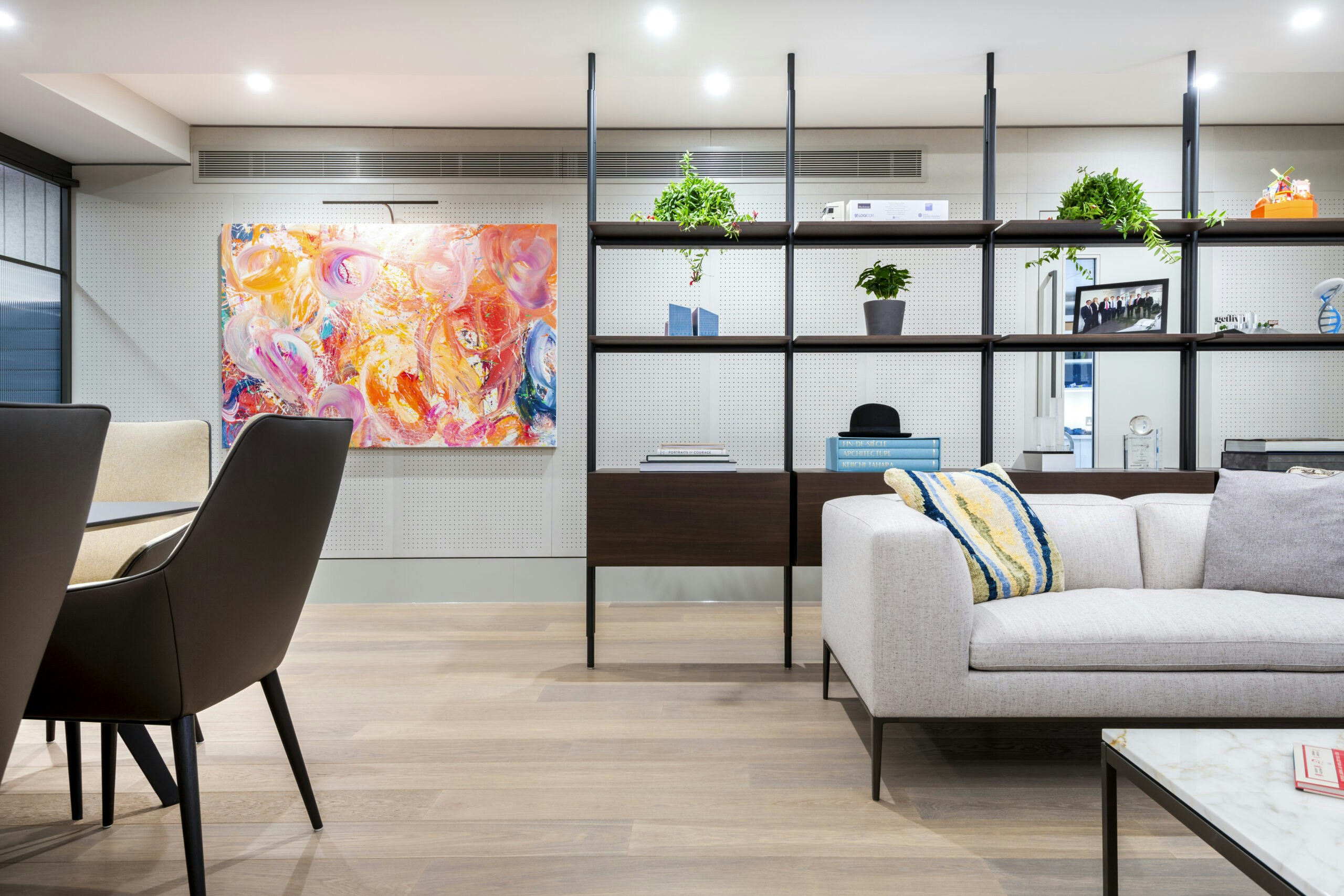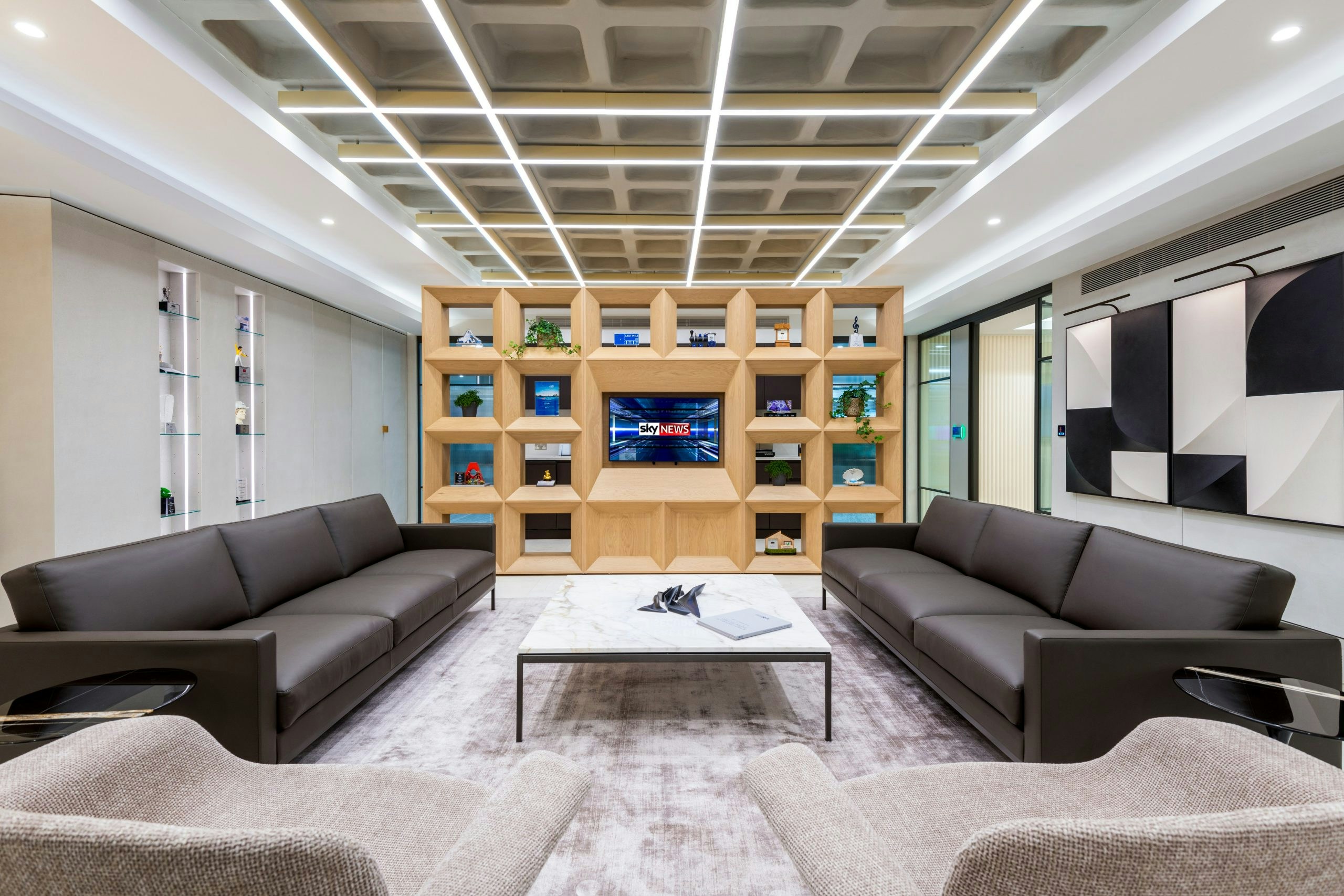Redefining Office Design in the Legal Sector
Thoughtful office design, fit-out, and refurbishment in the legal sector creates spaces that foster well-being, encourage staff retention, and adapt to the evolving needs of the workplace. As law firms take on leases – some as long as 10-15 years,- having an adaptable office environment becomes crucial. Our experience working with firms like Squire Patton Boggs and Latham & Watkins shows that modern legal spaces aren’t just about function, but also about embodying a firm’s identity and values.
Recent shifts toward hybrid working models, as detailed in the 2024 Law Firm Office Attendance Policies Report, further emphasise the need for flexible office designs. Almost 57% of legal professionals expressed satisfaction with their firms’ hybrid policies, which has reshaped how office spaces are used. This balance between in-office and remote work calls for environments that support both, blending spaces for collaboration with areas for focused, individual work.
As law firms adapt to these new working patterns, the need for spaces that promote transparency, inclusivity, and well-being is more important than ever. Through our design approach, we aim to create environments that meet the demands of today’s legal professionals – spaces that can evolve alongside the firms themselves, providing value not only in function but in the way they foster connection and collaboration, whether employees are present daily or balancing hybrid schedules.
In a sector where tradition and innovation often intersect, law firm office design is becoming an important tool for creating workplaces that are not only functional but aspirational. Our focus remains on supporting these transitions with design solutions that assist in future-proofing office spaces, while allowing law firms to stay true to their ethos and culture.











